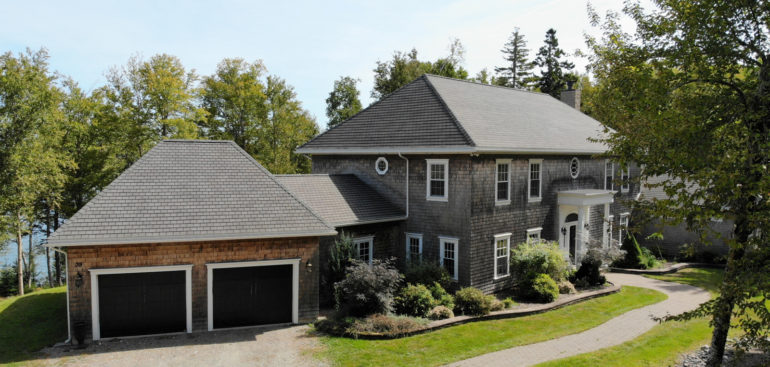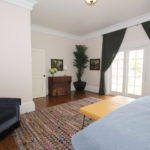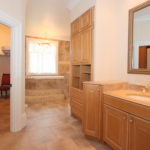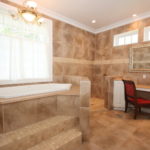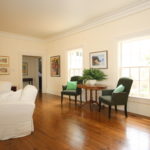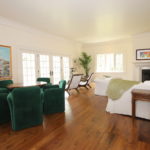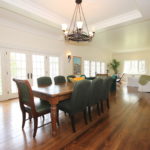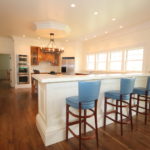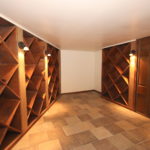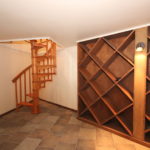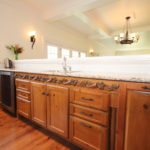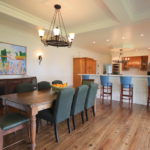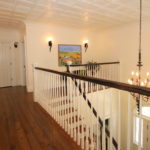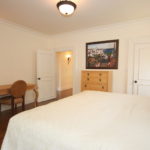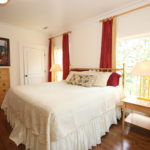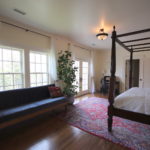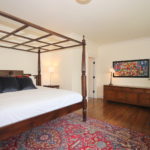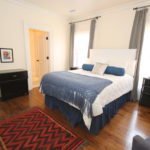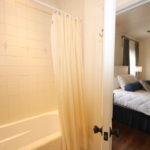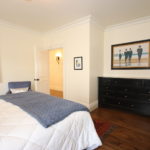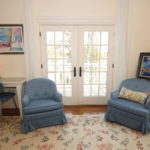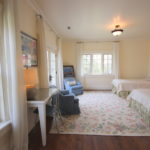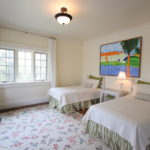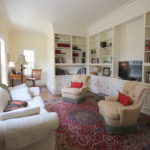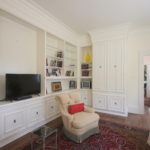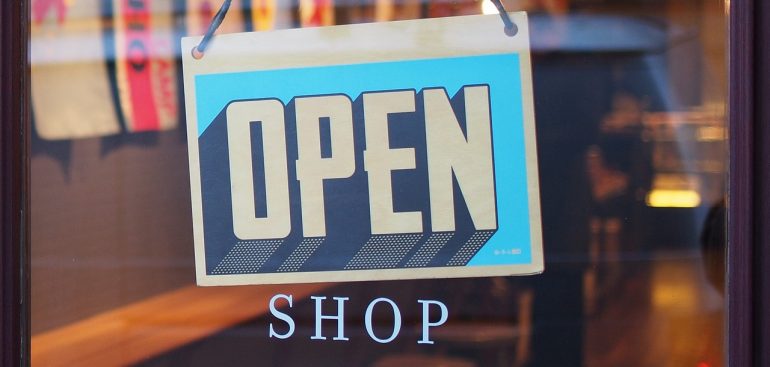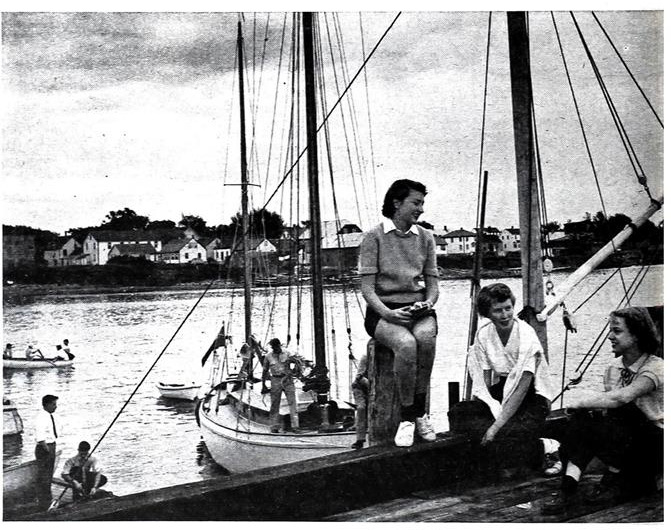A dream home by the sea! This seaside mansion has just been significantly reduced for an estate sale and won’t be on the market long at this price!
A rare opportunity exists to acquire a waterfront home of this size and style for a price this low! A coastal retreat far removed from the hectic pace of city life, and just minutes from the resort town of St. Andrews by-the-Sea. Situated in an exclusive neighborhood at the former Stoneridge Estates with extensive vistas overlooking Chamcook Harbour. This 3.63 acre dream location has 285 ft of ocean front! Combining formal casual living, this 5007 sq ft 5 bedroom, 4.5 bath luxury home offers 10ft ceilings a 20ft high main entrance leading to a large library, great room, formal dining room, open gourmet kitchen and large wine cellar. The main floor master has an ensuite with grand walk-in shower, raised whirlpool tub, and his hers vanities. The 2nd floor has 9 ft ceilings features 4 large bedrooms, walk-in closets, 3 full baths, balconies and a coffee bar. Perfect as a prestigious family home or enviable holiday retreat – the sooner you act, the sooner your new life begins! HST is applicable but may be negotiated in the purchase price.
| MLS® Number | NB052705 |

